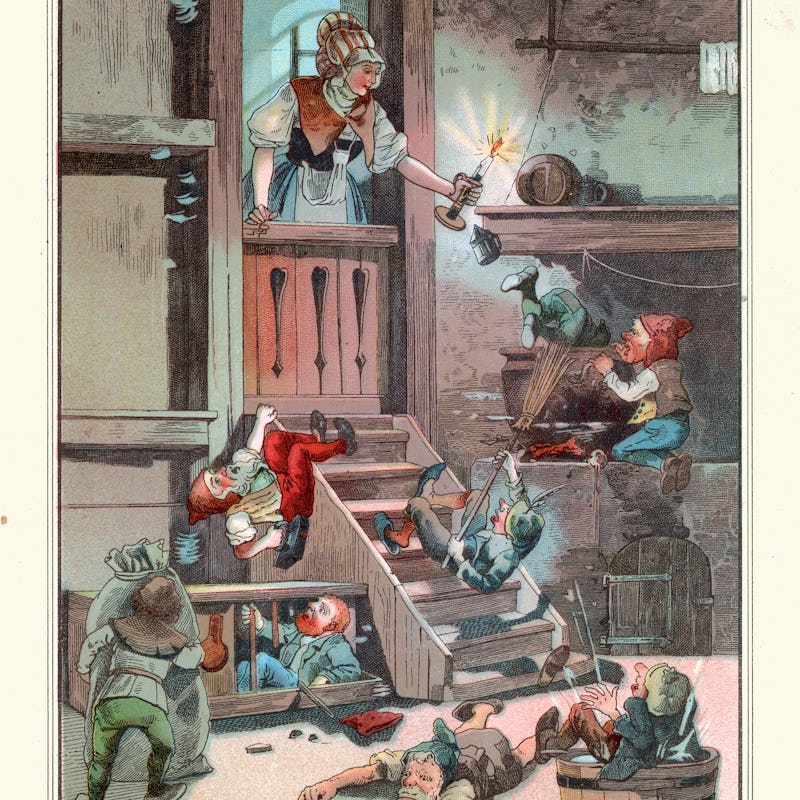Your brain on joy
Brain wave study reveals why one type of story can connect people
Happy stories cause two positive outcomes more often than sad ones.
Updated:
Originally Published:

Shutterstock
A study published in the journal eNeuro on November 8 dives into how stories with different emotional overtones are processed in the brains of storytellers and listeners.
pepifoto/E+/Getty Images
Other studies have recorded this phenomenon of physiological synching — even our heart rates will fluctuate at the same points in a story.